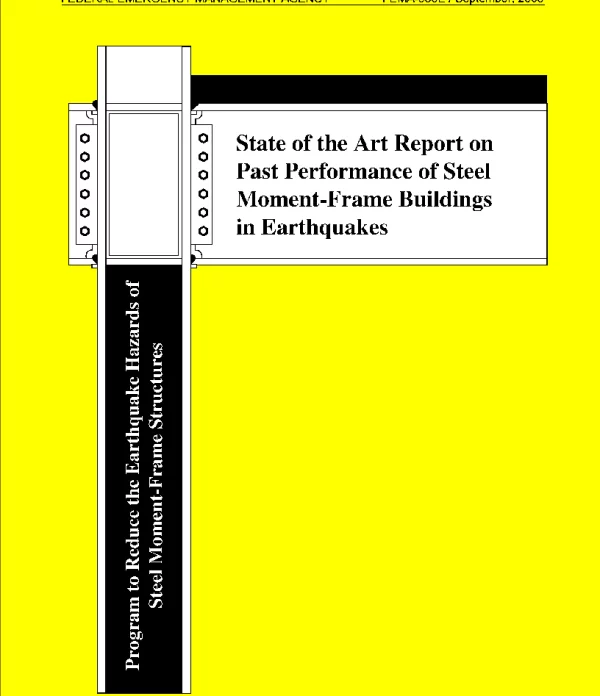-
资源简介
FEMA 355E, titled \"State of the Art Report on Past Performance of,\" is a comprehensive document published by the Federal Emergency Management Agency (FEMA) in 2000. This report serves as a critical resource for understanding the performance of buildings and infrastructure during past earthquakes. It provides an in-depth analysis of how different types of structures have fared under seismic events, offering valuable insights into their strengths and weaknesses.
The primary objective of FEMA 355E is to evaluate the past performance of various building systems and materials in earthquake-prone regions. By examining historical data from significant seismic events, the report highlights the effectiveness of current design practices and identifies areas that require improvement. This information is crucial for engineers, architects, and policymakers involved in the development of building codes and standards.
One of the key aspects covered in the report is the evaluation of different construction materials such as masonry, concrete, and steel. Each material's response to seismic forces is analyzed, along with the factors that contribute to their performance or failure. The report also discusses the impact of building design, including the importance of proper lateral load resistance and ductility in reducing earthquake damage.
In addition to technical analysis, FEMA 355E emphasizes the importance of continuous research and development in seismic engineering. It encourages the adoption of innovative technologies and methods to enhance the resilience of structures against future earthquakes. The findings presented in the report have influenced subsequent updates to building codes and have contributed to the advancement of seismic safety practices across the United States.
Overall, FEMA 355E remains a foundational document in the field of earthquake engineering. Its detailed examination of past performance provides a solid basis for improving the safety and reliability of buildings in seismic zones. By learning from historical events, the report plays a vital role in shaping the future of structural design and disaster preparedness.
-
封面预览

-
下载说明
预览图若存在模糊、缺失、乱码、空白等现象,仅为图片呈现问题,不影响文档的下载及阅读体验。
当文档总页数显著少于常规篇幅时,建议审慎下载。
资源简介仅为单方陈述,其信息维度可能存在局限,供参考时需结合实际情况综合研判。
如遇下载中断、文件损坏或链接失效,可提交错误报告,客服将予以及时处理。